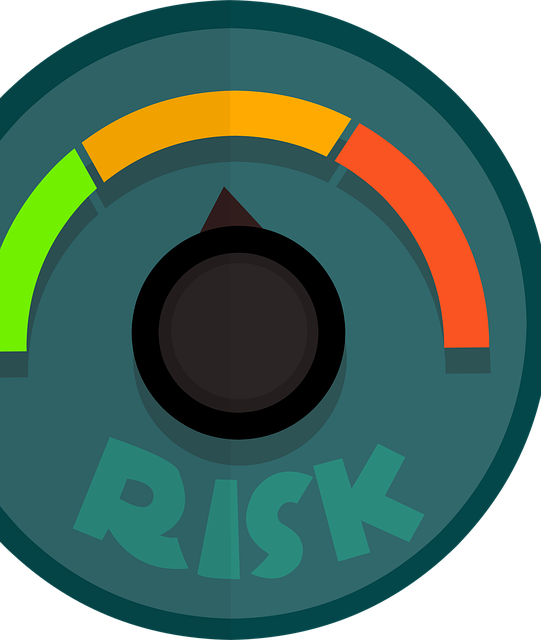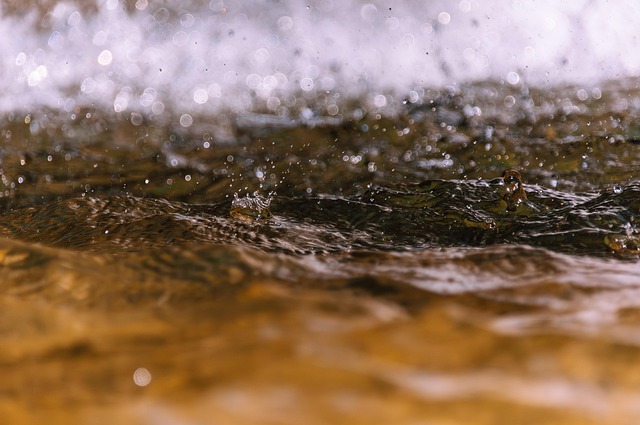San Antonio residents face water damage risks due to humidity. Early leak detection is crucial for preventing mold growth and structural drywall degradation. Swift action includes shutting off water supply, removing standing water, and consulting professionals. Water-damaged drywall repair involves careful removal, specialized tools, moisture meter checks, replacement, and sealing for a safe, structurally sound home.
San Antonio’s frequent rainfall and humid climate make water mitigation a crucial concern for homeowners. Understanding how to address leaks and floods promptly is key to preventing extensive water-damaged drywall repair, a common challenge for San Antonio residents. This article equips you with essential knowledge and practical tips for immediate actions, effective drywall repair techniques, and best practices to minimize restoration costs and keep your home safe from the devastating effects of water damage.
- Understanding Water Damage in San Antonio Homes
- Immediate Actions After a Leak or Flood
- Drywall Repair: Techniques and Best Practices
Understanding Water Damage in San Antonio Homes

Water damage is a common concern for many San Antonio residents, as even minor leaks can lead to significant issues over time. When water enters a home, it doesn’t just cause visible damage; it also promotes mold growth and deteriorates structural elements, including drywall. In fact, water-damaged drywall repair is one of the most frequent tasks for local contractors due to the region’s humid climate.
San Antonio’s hot and moist weather creates an ideal environment for mold to thrive, especially in areas with poor ventilation or hidden leaks. Homeowners should be vigilant in identifying potential sources of water intrusion, such as leaky pipes, roof damage, or inadequate drainage around the foundation. Early detection is key to minimizing water-related disasters and ensuring the health and safety of San Antonio’s residents.
Immediate Actions After a Leak or Flood

After a leak or flood, swift action is crucial for San Antonio residents to mitigate water damage and prevent further complications. The initial steps should focus on shutting off the main water supply to stop the flow of water into the affected area. This can be done by locating and turning off the primary shut-off valve, typically found near the meter or in a utility room. Once this is secured, residents should begin removing any standing water using buckets or mops. It’s essential to act quickly as prolonged contact with water can lead to drywall deterioration and potential mold growth.
For water-damaged drywall, don’t delay; it’s best to consult professionals who specialize in repair and restoration. They have the equipment and expertise needed for effective water-damaged drywall repair. Residents should also ensure proper ventilation in the affected area to dry out the space quicker. Opening windows and using fans can aid in this process, but professional assistance is often required to address extensive water damage and prevent long-term issues.
Drywall Repair: Techniques and Best Practices

Water-damaged drywall repair is a common concern for San Antonio residents facing plumbing leaks or other water intrusion issues. When addressing drywall repairs, it’s crucial to employ techniques that ensure structural integrity and prevent future damage. One of the initial steps involves removing any visible signs of water damage, including saturated materials and peeling paint. This process requires caution to avoid spreading mold or further damaging hidden structures.
Best practices for drywall repair include using specialized tools and materials designed for water-damaged areas. Professionals often recommend using a moisture meter to assess dryness levels before proceeding. After the area is thoroughly dried, skilled technicians carefully cut out the damaged section, replacing it with new drywall. Proper sealing and priming are essential to create a smooth finish and prevent future moisture issues from compromising the repair.
For San Antonio residents facing water-damaged drywall, understanding prompt action and effective repair techniques is crucial. By taking immediate steps after a leak or flood, such as turning off the water source, removing damaged materials, and beginning drying processes, you can mitigate further damage. When it comes to drywall repair, following best practices ensures a strong, lasting fix. Remember that proper preparation, whether using professional tools or DIY methods, is key to successful water-damaged drywall repair for your home.
